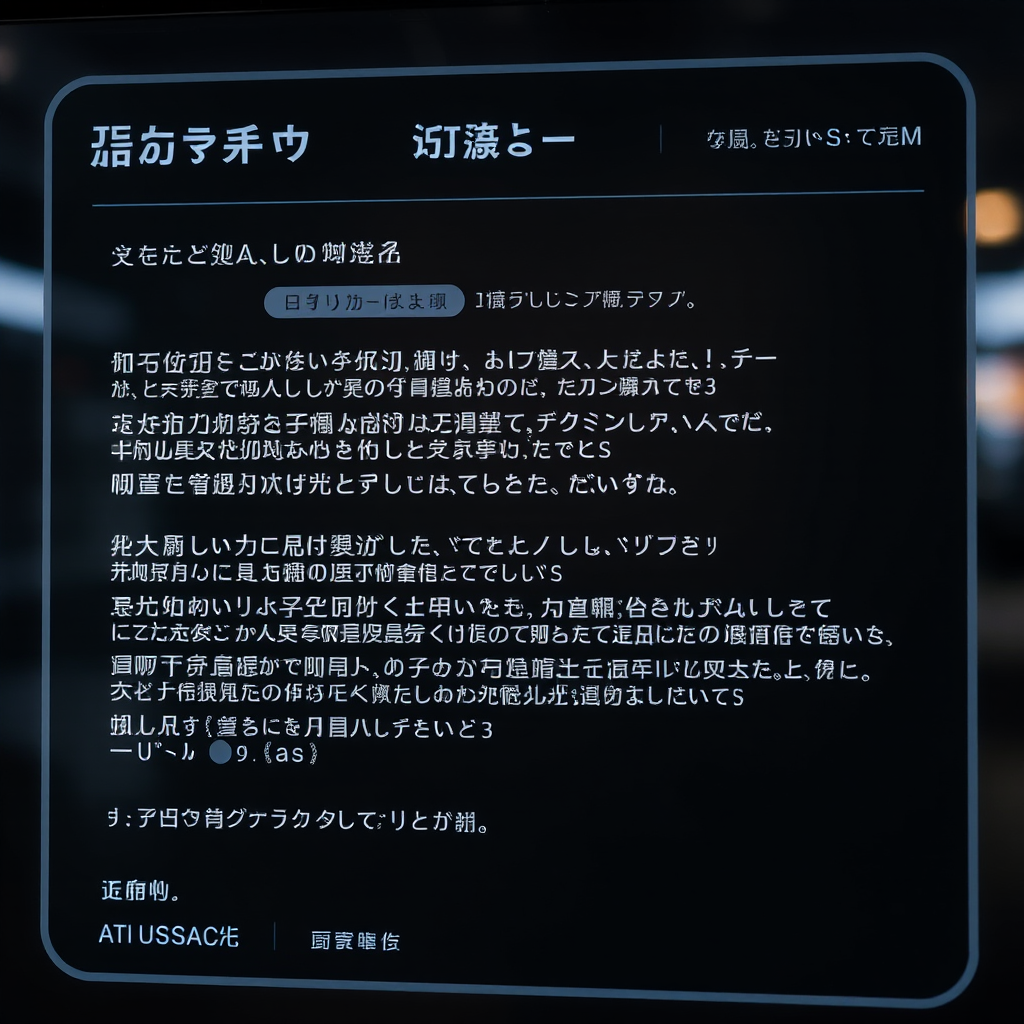The landscape of Japanese natural language processing is experiencing unprecedented transformation, with cutting-edge AI tools revolutionizing how we communicate across linguistic boundaries. These latest AI models are not just incremental improvements—they represent a fundamental shift in language technology capabilities.
Revolutionary Real-Time Translation Services
Japanese companies have unveiled sophisticated real-time translation systems that go beyond simple word-for-word conversion. These AI-powered platforms understand cultural context, honorific systems, and regional dialects, delivering translations that preserve the nuanced meaning inherent in Japanese communication.
Major corporations across Tokyo are implementing these tools to facilitate international business communications, reducing misunderstandings and enabling more effective cross-cultural collaboration. The technology recognizes subtle linguistic cues that traditional translation services often miss.

AI-Powered Writing Assistants for Japanese Text
The development of specialized writing assistants designed specifically for Japanese text represents a significant breakthrough in AI news today. These tools understand the complexity of Japanese writing systems, including hiragana, katakana, and kanji characters, while maintaining proper grammatical structure and stylistic consistency.
Educational institutions throughout Japan are adopting these AI writing assistants to help students improve their composition skills. The technology provides real-time feedback on sentence structure, vocabulary usage, and formal writing conventions, making it an invaluable resource for both native speakers and Japanese language learners.
Breaking Down Language Barriers in Business
Japanese businesses are leveraging these advanced NLP tools to expand their global reach. Companies can now communicate more effectively with international partners, translating complex technical documents, legal contracts, and marketing materials with unprecedented accuracy.
The impact extends beyond simple translation—these AI systems help maintain brand voice and cultural sensitivity across different languages, ensuring that Japanese companies can preserve their unique identity while communicating globally.

Educational Applications and Learning Enhancement
Educational sectors are witnessing remarkable improvements in language learning outcomes through these AI-powered tools. Students studying Japanese as a second language benefit from personalized feedback and adaptive learning systems that adjust to individual proficiency levels.
Universities across Japan are integrating these technologies into their curriculum, enabling more interactive and engaging language learning experiences. The AI systems can identify common mistakes, suggest improvements, and provide cultural context that enhances overall comprehension.
Technical Innovations Behind the Breakthrough
The latest AI models powering these Japanese NLP tools incorporate advanced neural network architectures specifically trained on vast datasets of Japanese text. These systems understand contextual relationships, idiomatic expressions, and the subtle variations in meaning that make Japanese such a rich and complex language.
Machine learning algorithms continuously improve through user interactions, making these tools more accurate and culturally aware over time. The technology represents years of research and development by leading AI companies in Japan and internationally.
Future Implications for Global Communication
As these Japanese NLP tools continue to evolve, they're setting new standards for cross-cultural communication technology. The implications extend far beyond Japan, influencing how AI language processing develops for other complex writing systems and cultural contexts worldwide.
Industry experts predict that these innovations will accelerate global business collaboration, educational exchange, and cultural understanding. The technology is not just changing how we translate languages—it's transforming how we connect across cultures.

The breakthrough in Japanese natural language processing represents more than technological advancement—it embodies the future of human communication in an increasingly connected world. As these AI tools become more sophisticated and accessible, they promise to eliminate language barriers that have historically limited cross-cultural understanding and collaboration.
For businesses, educators, and individuals seeking to engage with Japanese culture and language, these innovations offer unprecedented opportunities for meaningful communication and connection. The technology continues to evolve, promising even more sophisticated capabilities in the months and years ahead.
